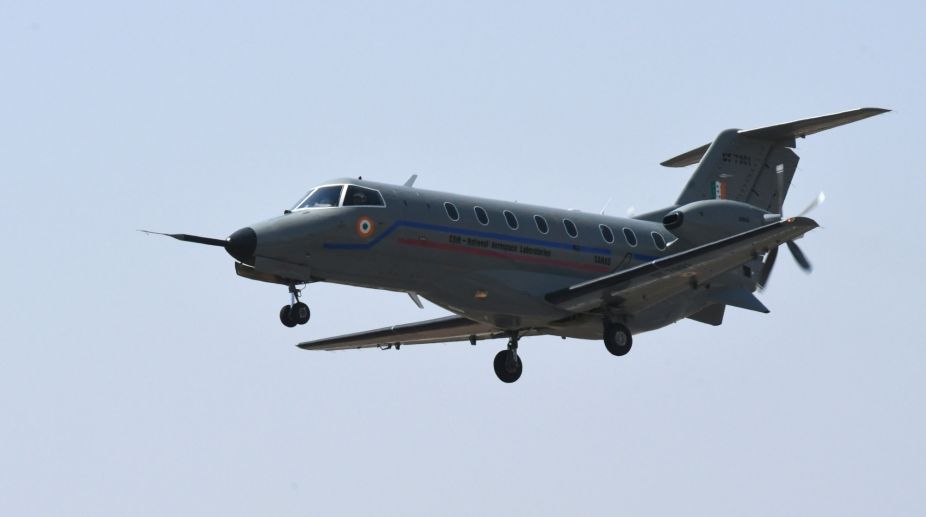Encouraging reports after the second test flight of the indigenous light aircraft Saras would point to the wisdom of reviving the project that had come close to being abandoned after a prototype had crashed eight years ago.
Hopefully the shortcomings have been rectified and the design upgraded ~ there is little point in trying to project unrealistic success stories ~ so that the National Aerospace Laboratory’s effort will bear fruit in the shape of commercial production.
Advertisement
There would be little point in thinking merely in terms of production for the armed forces, paramilitary and other sections of the “captive market”. With regional connectivity the current “buzz”, the projection of the Saras as costing 20-25 per cent less than an imported equivalent does raise exciting prospects.
As the civil aviation network reaches out to smaller towns, a 19-seater plane does cater to a certain space waiting to be filled. Provided, of course, that the plane actually competes with equivalents on the international market, and the courage is displayed not to try and push sales on the grounds of “patriotism”, “self-reliance”, or in the present climate, proof of the present government doing more than its predecessor with its emphasis on “make in India.”
The future of the Saras heavily depends on how efficiently it will perform, its cost-effectiveness, and whether the paying-passenger “accepts” it. The days of unviable products being shoved down the throat of official agencies are over. It was that obsolete attitude that had made “socialism” a dirty word, and had prevented public sector agencies from coming up with products that buyers willingly accepted. The story of the HS-748 needs no repetition, nor indeed that of the Dornier 228 ~ the production units never kept pace with advancing technologies, in much the same way that Ambassador and Premier cars drove themselves off the market.
While there is need to avoid jumping the gun on Saras, the announcement that a private player will be entrusted with production for the “civil market” has rich possibilities: particularly if that player is quickly identified and actively associated with the development process. That could possibly even lead to a reduction in development costs; and facilitate early action by the producers to have the basics in place as soon as the Saras is fully certified.
A number of leading industrial houses have moved into aviation, they must be actively encouraged ~ not merely to lessen the burden on HAL but to force that agency to “compete”. International producers will be closely monitoring the Saras development, dangle many a carrot since they would love to capture space in a potentially large market. That should provide the incentive for whoever is to produce the aircraft to do such a good job that passengers would appreciate the plane for what it is ~ not gift it brownie points for being indigenous.











